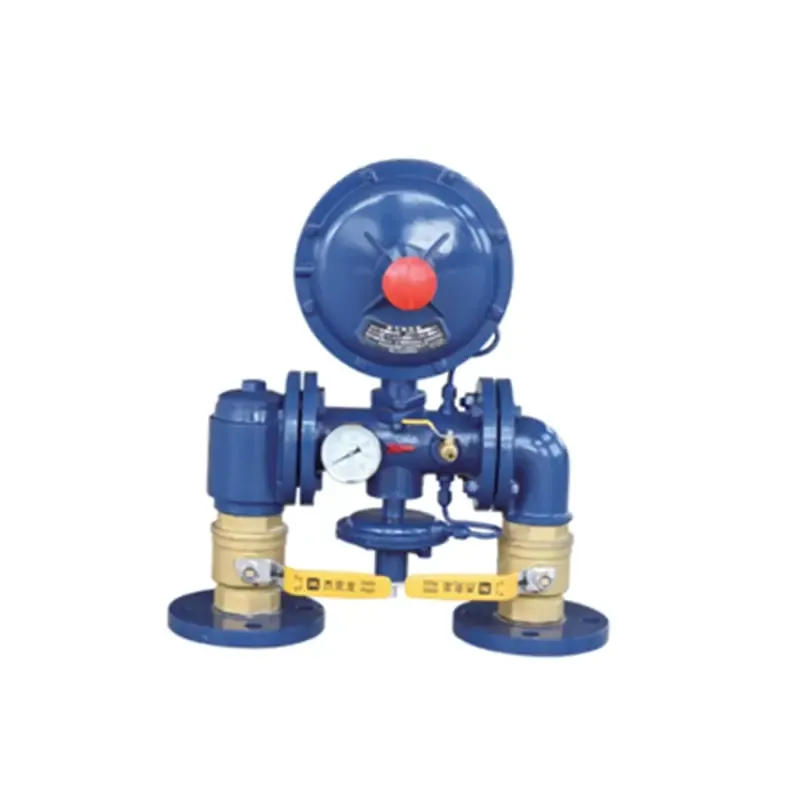
Dec . 04, 2024 16:21
Back to list
Optimizing Efficiency in Thermal Energy Transfer Systems for Enhanced Performance
Understanding Heat Exchangers Principles and Applications
Heat exchangers are essential devices used in various industries to transfer heat between two or more fluids without mixing them. Their primary function is to either heat or cool liquids and gases, making them vital components in processes ranging from power generation to heating and cooling systems in buildings. This article explores the principles of heat exchangers, their types, applications, and the importance of efficiency in heat transfer.
Principles of Heat Exchangers
At their core, heat exchangers operate on the principle of thermal conduction and fluid dynamics. They enable the transfer of thermal energy from a hotter fluid to a cooler one, ideally achieving maximum heat transfer with minimal energy loss. The efficiency of a heat exchanger is influenced by several factors, including the temperature gradient between the fluids, their flow rates, and the surface area available for heat transfer.
The overall efficiency of a heat exchanger can be represented by the effectiveness factor, which is the ratio of the actual heat transfer to the maximum possible heat transfer. Key parameters include the heat transfer coefficient, the logarithmic mean temperature difference (LMTD), and the overall heat transfer coefficient, which considers both conduction and convection across the heat exchanger surfaces.
Types of Heat Exchangers
There are several types of heat exchangers, each designed for specific applications
. The most common include1. Shell and Tube Heat Exchangers They consist of a series of tubes, with one fluid flowing through the tubes and another fluid flowing around them in a shell. This type is commonly used in power plants and oil refineries due to its robustness and high heat transfer efficiency.
2. Plate Heat Exchangers These consist of thin plates stacked together, allowing fluids to flow through alternate plates. This design increases the surface area for heat transfer and is widely used in food processing and chemical industries.
heat exchanger

3. Air-cooled Heat Exchangers Also known as finned tube heat exchangers, these use air to cool fluids, commonly employed in air conditioning and refrigeration systems.
4. Double Pipe Heat Exchangers Simple in design, these feature one pipe inside another, allowing for heat transfer between the two fluids flowing through them. They are often used for smaller applications and processes.
Applications of Heat Exchangers
Heat exchangers are used in a myriad of applications across different sectors. In the energy industry, they are crucial in power plants for cooling steam and condensing it back into water. In the automotive sector, they play a significant role in radiator systems, helping to maintain engine temperature. In the HVAC industry, heat exchangers ensure efficient heating and cooling of buildings, contributing to energy savings and improved comfort.
Furthermore, heat exchangers are fundamental in food and beverage processing, helping to pasteurize products without compromising their quality. In chemical manufacturing, they help control temperatures, ensuring safe and efficient reactions.
The Importance of Efficiency
As energy costs rise and environmental concerns increase, the demand for efficient heat exchangers has grown. Improving the effectiveness of heat exchangers can lead to significant savings in energy consumption and operational costs. Innovations such as enhanced surface designs, improved materials, and advanced control systems enable higher performance and lower energy usage.
In conclusion, heat exchangers are pivotal in modern industries, facilitating effective thermal management across various processes. As technological advancements continue to emerge, the role of heat exchangers in promoting energy efficiency and sustainability will only become more critical. Whether in maintaining comfort in our homes or ensuring the efficient operation of industrial processes, heat exchangers are truly indispensable.
Latest news
-
Safety Valve Spring-Loaded Design Overpressure ProtectionNewsJul.25,2025
-
Precision Voltage Regulator AC5 Accuracy Grade PerformanceNewsJul.25,2025
-
Natural Gas Pressure Regulating Skid Industrial Pipeline ApplicationsNewsJul.25,2025
-
Natural Gas Filter Stainless Steel Mesh Element DesignNewsJul.25,2025
-
Gas Pressure Regulator Valve Direct-Acting Spring-Loaded DesignNewsJul.25,2025
-
Decompression Equipment Multi-Stage Heat Exchange System DesignNewsJul.25,2025

